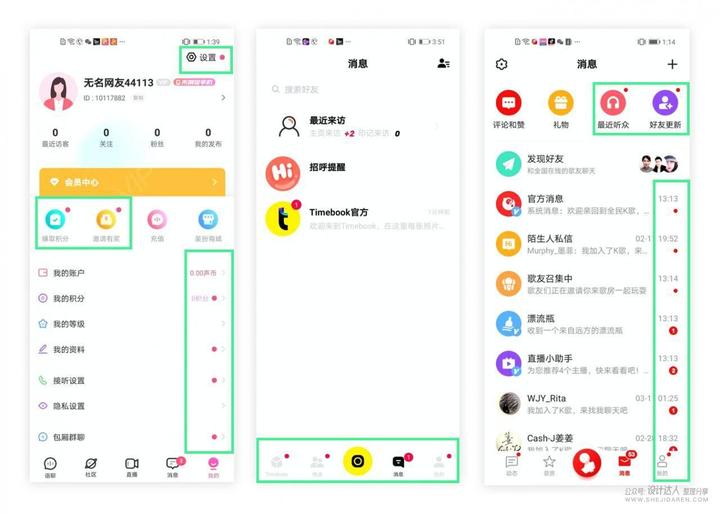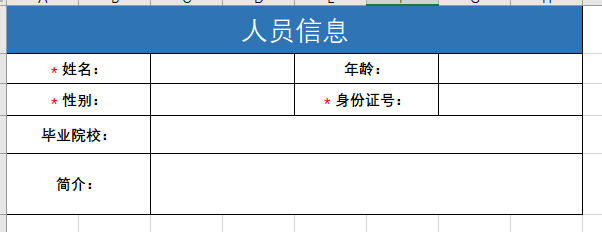一、视图封装模式encapsulation
在组件的元数据设置encapsulation,可以分别控制每个组件的封装模式。
三个可选的封装模式:
ShadowDom: 任何外部样式都无法进来,组件样式也出不去Emulated: 只有全局样式能进来,其他样式无法进来,组件样式也出不去(默认值)None: 任何样式都能进来,组件的样式也都能出去
全局样式文件styles.less
/* You can add global styles to this file, and also import other style files */
.global-color {
color: red;
}
组件文件home.component.ts
import { Component, OnInit, ViewEncapsulation } from '@angular/core';
@Component({
selector: 'app-home',
template: `
<div class="global-color">全局样式</div>
<div class="local-color">组件样式</div>
`,
styles: [`
.local-color {
color: blue;
}
`],
encapsulation: ViewEncapsulation.ShadowDom, //配置视图封装模式
})
export class HomeComponent implements OnInit {
constructor() { }
ngOnInit(): void {
}
}
1、ShadowDom
组件相当于是隔离状态,不受外界样式的影响。
encapsulation: ViewEncapsulation.ShadowDom

2、Emulated
组件相当于是半隔离状态,受全局样式的影响。
当选择器相同且选择器优先级相同时,组件内部样式的优先级大于全局样式的优先级。
encapsulation: ViewEncapsulation.ShadowDom

3、None
组件相当于是暴露状态,受所有样式的影响。
encapsulation: ViewEncapsulation.None
二、查看生成的 CSS

生成出的属性分为两种:
一个元素在原生封装方式下可能是 Shadow DOM 的宿主,在这里被自动添加上一个 _nghost 属性。 这是组件宿主元素的典型情况。
组件视图中的每一个元素,都有一个 _ngcontent 属性,它会标记出该元素属于哪个宿主的模拟 Shadow DOM。




















![[前端原生技术]jsonp](https://img-blog.csdnimg.cn/direct/6e7769f7412c4671a8ea4f04f046a410.png)

